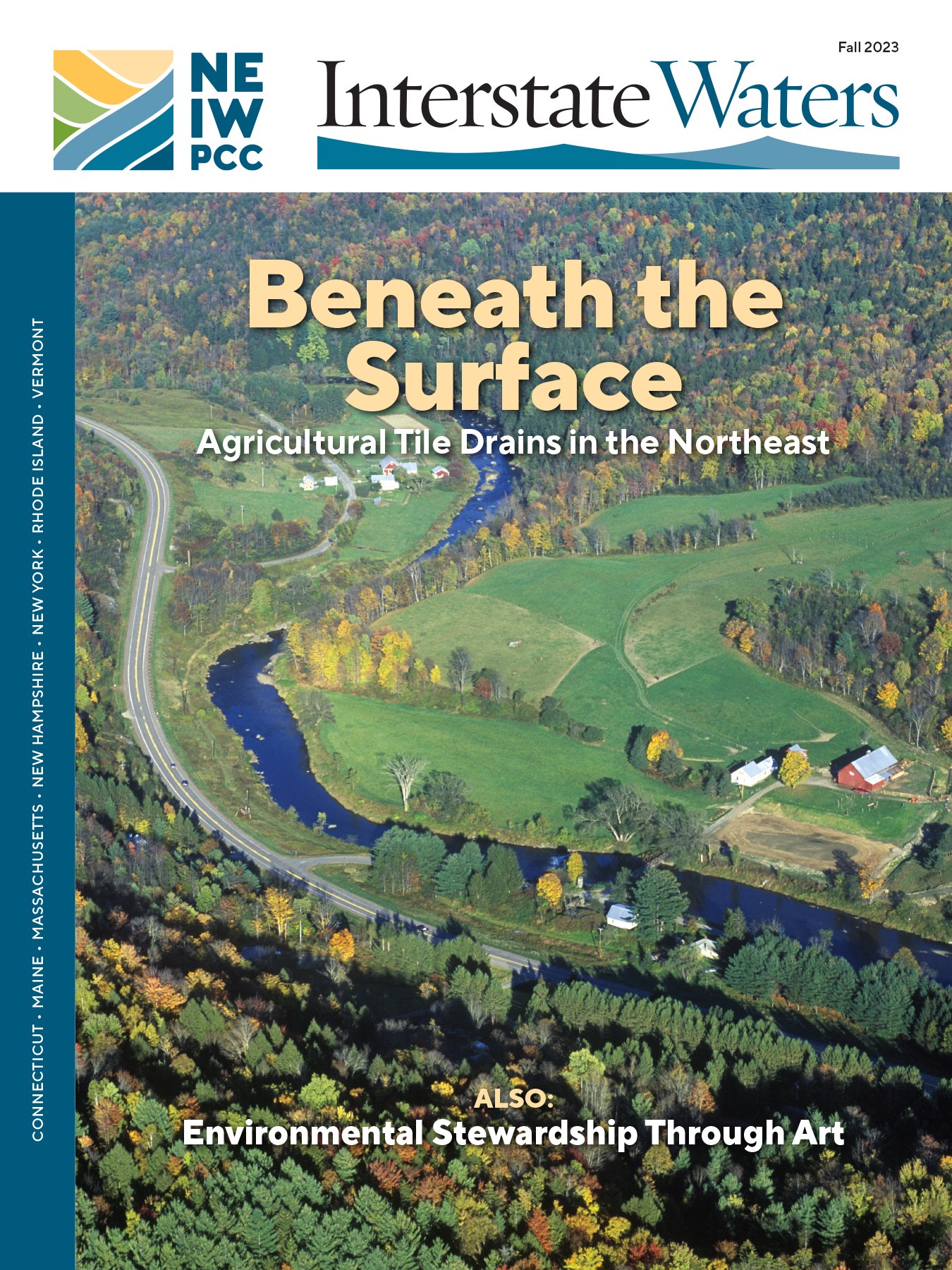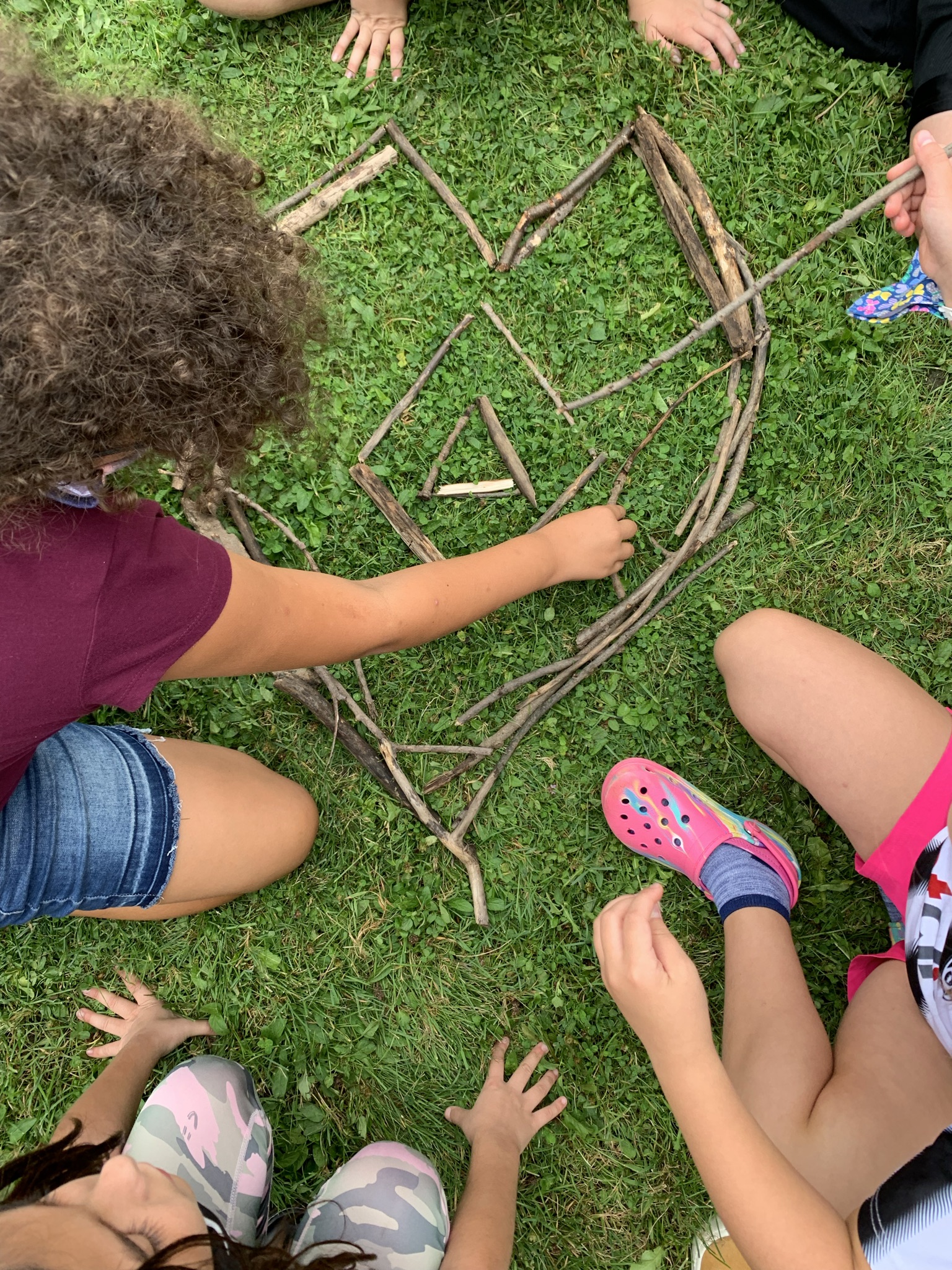
The Fall 2023 issue of Interstate Waters features Matthew C. H. Vaughan, chief scientist at the Lake Champlain Basin Program, examining the challenges presented by the use of agricultural “tile drains.” These hidden pipes run under the surface of farm fields to move water away from the crop root zone. However, their use creates challenges that demand innovative solutions to mitigate impacts on local water quality.
In another article, Richard Friesner, NEIWPCC director of water quality programs, analyzes the Supreme Court of the United States’s decision in the case of Sackett v. Environmental Protection Agency. This ruling, released last May, aimed to better interpret and define “Waters of the United States” as used in the Clean Water Act. Friesner offers further explanation and shares information on previous related decisions as well.

James Brangan, Champlain Valley National Heritage Partnership coordinator, explores “Environmental Stewardship Through Art.” He gives a historical perspective of visual artists’ influence on the conservation movement in the United States over the last two centuries. The Lake Champlain Basin Program has continued to support this appreciation for nature by establishing an Artist-in-Residence (AiR) grant program. The program takes inspiration from a history of using creative expression to engage and inform communities about their natural heritage.
Interstate Waters is published twice a year and is available in both digital and print formats. NEIWPCC welcomes and appreciates questions, comments, and story ideas for publication. To receive a printed copy of Interstate Waters, or to send feedback, email the Communications Division at communications@neiwpcc.org. Type “Subscribe to Interstate Waters” in the subject field and include your full mailing address. Please indicate whether you also wish to be added to NEIWPCC’s monthly e-newsletter, Streamlined.